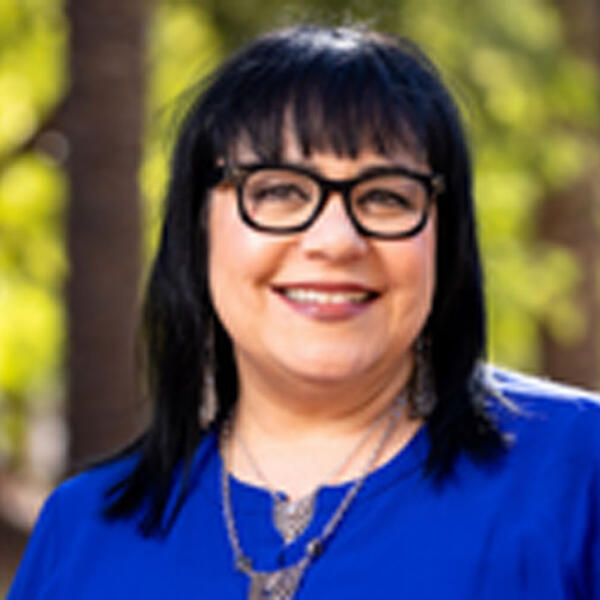
If you could create the Guide, what would be in it? What would be important elements to be included?
How do place-based Indigenous cultures design their world in the future? In any rendition of the Guide, Indigenous futures must be included. The Native population in the United States is a young population with at least fifty percent under 24 years old. These youth – often described as the Seventh Generation – are products of a global culture having grown up with the internet, despite the digital divide(s). It is easy to imagine a world where Indigenous peoples have the ability and the right to immerse themselves in culture and language via virtual reality. But, this brings up so many philosophical questions.
Would individual Native Nations create their own immersives?
Who would have the cultural right to design these virtual realities?
Would they be culturally specific?
Would they be linguistically specific?
Would they be a rite of passage?
How would we protect them from being appropriated?
How would we keep them from being static reconstructions of a mythic or lost past?
How do we prevent them from being academic exercises based on some mythic or idealized past?
How would they be kept dynamic and not static representations of culture?
Who would determine who had the right to access these worlds/realities?
How would we prevent access from those to whom the knowledge didn’t belong?
What would be the politics of inclusion/exclusion of access?
How would those politics play out?
How would that impact the youth of the time?
Would some Nations create immersives that became more real than reality?
Would sovereignty apply to the immersive members?
What would be the status of individuals that exist only in immersives on a cultural level and would that impact the physical realm?
How would we keep Artificial Intelligences out of the immersives?
Would we want AI to be a liminal figure … could they become medicine people because of a special status?
What are the implications of technology on culture?
There are so many unanswered questions and we’ve only scratched the surface here.
About Traci L. Morris
Traci is the director of the American Indian Policy Institute at ASU and a member of the Chickasaw Nation of Oklahoma. Morris’s research and publications on Native American media and the digital divide is focused on Internet use, digital inclusion, network neutrality, digital and new media curriculums, digital inclusion and development of broadband networks in Indian Country. Morris is affiliated faculty at ASU's School for the Future of Innovation in Society, an affiliate of ASU’s Center for Gender Equity in Science and Technology, and a senior sustainability scholar at the Julie Ann Wrigley Global Institute of Sustainability.